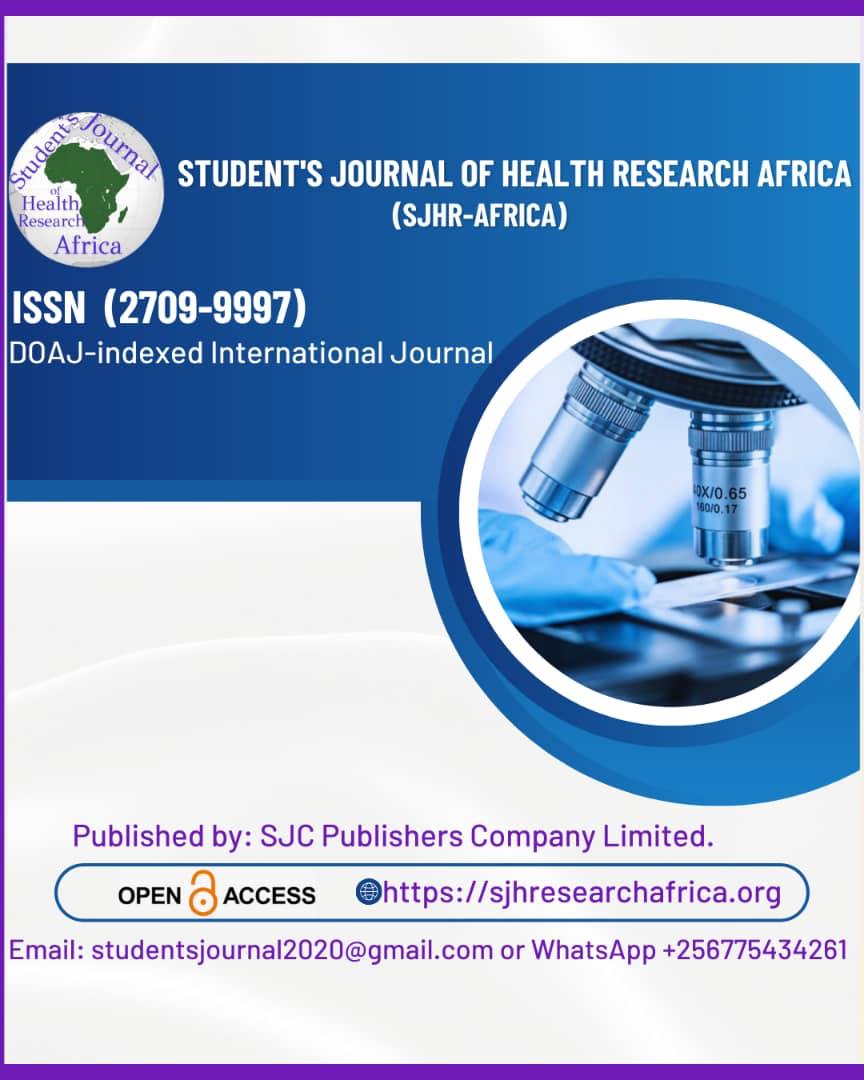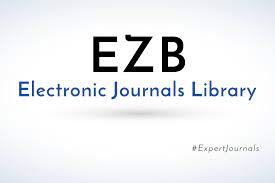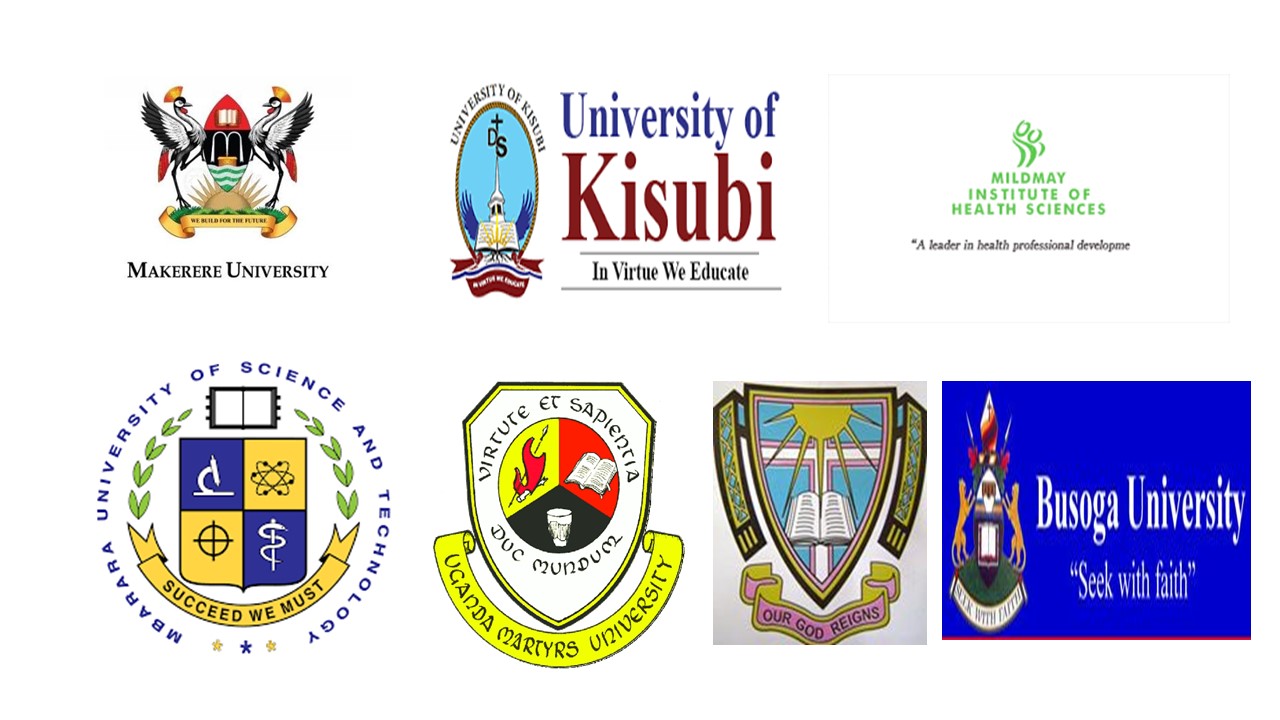A CROSS-SECTIONAL ASSESSMENT OF THE IMPACT OF LAND USE PRACTICES ON WATER QUALITY AND ECOSYSTEM HEALTH IN THE PALMIET RIVER, DURBAN, KWAZULU-NATAL.
DOI:
https://doi.org/10.51168/sjhrafrica.v6i6.1638Keywords:
Water quality, Urbanization, Industrial development, Agricultural runoff, Physicochemical analysis, Pollutants, Nutrient enrichment, Sedimentation, Microbiological contaminationAbstract
Introduction
The Palmiet River in Durban, KwaZulu-Natal, is a vital watercourse that historically supported rich biodiversity and provided essential resources for domestic, agricultural, and industrial use. However, increasing pollution from anthropogenic land-use practices threatens its ecological integrity and socioeconomic value. This study aimed to assess the extent and impact of pollution on the water quality, biodiversity, and socio-economic sustainability of the Palmiet River.
Methodology
A cross-sectional mixed-methods approach was employed, combining quantitative and qualitative techniques. Water samples were collected from ten sites along the river and analysed for physicochemical (e.g., pH, dissolved oxygen, nitrates, phosphates, heavy metals) and biological (E. coli) parameters. GIS mapping was used to assess land use patterns, and semi-structured interviews were conducted with 20 stakeholders, including residents, municipal officials, and environmental practitioners.
Results
Statistical analysis revealed that water quality parameters in urban and industrial areas exceeded permissible limits. Nitrate concentrations ranged from 5.4 to 18.7 mg/L (mean: 12.1 mg/L), while phosphate levels averaged 4.3 mg/L, indicating eutrophication risk. Heavy metals such as lead and zinc were significantly elevated (p < 0.05) in industrial zones. Microbial contamination was severe near informal settlements, with E. coli counts exceeding 2000 CFU/100mL. Biodiversity assessments indicated a decline in sensitive macroinvertebrate taxa in polluted sites. Interview data underscored socio-economic consequences, including health concerns, restricted water use, and loss of livelihood for small-scale farmers.
Conclusion
Pollution from urban, industrial, and agricultural activities is severely impacting the ecological health and socio-economic functions of the Palmiet River. The dynamic influence of rainfall and land use exacerbates these effects.
Recommendations
Urgent interventions are needed, including stricter regulation of industrial discharges, promotion of sustainable farming practices, improved sanitation in informal settlements, effective stormwater management, and community-based river monitoring. These measures are critical for restoring ecosystem health and enhancing sustainable urban water governance.
References
Department of Water and Sanitation (DWS). (2022). State of Water Resources Report. Pretoria: Republic of South Africa.
de Preez, H.H. & de Villiers, W.S. (1987). Heavy metal contamination of the Olifants River, South Africa. South African Journal of Science, 83(7), pp. 534-535.
Fatoki, O.S., Lujiza, N. & Ogunfowokan, A.O. (2002). Trace metal pollution in the Umtata River. Water SA, 28(2), pp. 183-189. https://doi.org/10.4314/wsa.v28i2.5160
Gupta, N., Pandey, P., Hussain, J. & Singh, A. (2022). Urban river pollution in developing countries: Causes, consequences, and mitigation strategies. Environmental Monitoring and Assessment, 194(8), pp. 1-19.
Mansour, S.A. & Sidky, M.M. (2001). Ecotoxicological studies: Heavy metals contaminating water and fish from Fayoum Governorate, Egypt. Food Chemistry, 78(1), pp. 15-22. https://doi.org/10.1016/S0308-8146(01)00197-2
Mishra, S. & Tripathi, B.D. (2020). Seasonal and temporal variations of water quality of a tropical river. Environmental Monitoring and Assessment, 192(6), pp. 1-14.
Moyo, N. & Phiri, B. (2022). Cadmium contamination in urban water systems: Risk assessment and community exposure. Journal of Environmental Management, 305, 114314.
Mugambiwa, S.S. & Tirivangasi, H.M. (2019). Climate change governance in Africa: A critical analysis of the role of environmental policies. Jàmbá: Journal of Disaster Risk Studies, 11(1), a712.
Naidoo, D., Pillay, L. & Govender, K. (2023). Agricultural runoff and its impact on South African river systems: A case of rural nutrient loading. Water SA, 49(1), pp. 23-32.
Ndlovu, T., Mabaso, M. & Sibanda, T. (2023). Assessment of heavy metal pollution in urban rivers of South Africa. Environmental Science and Pollution Research, 30(9), pp. 10756-10768.
Ochieng, G.M., Onyango, M.S. & Momba, M.N.B. (2022). Industrial wastewater management in Africa: Challenges and opportunities. Water Environment Research, 94(3), pp. e10617.
Rybicka, E.H., Adameic, E. & Aleksander-Kwaterczak, U. (2005). Distribution of heavy metals in river sediments affected by industrial discharges. Polish Journal of Environmental Studies, 14(5), pp. 643-653.
Simberloff, D., Martin, J.-L., Genovesi, P., Maris, V., Wardle, D.A., Aronson, J., ... & Vila, M. (2019). Impacts of biological invasions: What's what and the way forward. Trends in Ecology & Evolution, 28(1), pp. 58-66.
https://doi.org/10.1016/j.tree.2012.07.013 PMid:22889499
Singh, R. & Gupta, N. (2020). Ecological impacts of pollution in the Ganges and Yangtze Rivers: A comparative study. Environmental Sustainability, 3(4), pp. 321-330.
Stats SA. (2021). General Household Survey 2021. Pretoria: Statistics South Africa.
Wang, Y., He, Z. & Tang, L. (2021). Urbanization and its effects on the aquatic environment in developing countries. Journal of Hydrology, 598, 126453. https://doi.org/10.1016/j.jhydrol.2021.126453
WITO. (2021). Water Infrastructure and Technology Outlook 2021. Geneva: WaterTech Global.
WITO. (2022). Urban Water Management Trends and Policy Recommendations. Geneva: WaterTech Global.
Downloads
Published
How to Cite
Issue
Section
License
Copyright (c) 2025 Sibonelo Thanda Mbanjwa

This work is licensed under a Creative Commons Attribution-NonCommercial-NoDerivatives 4.0 International License.






















